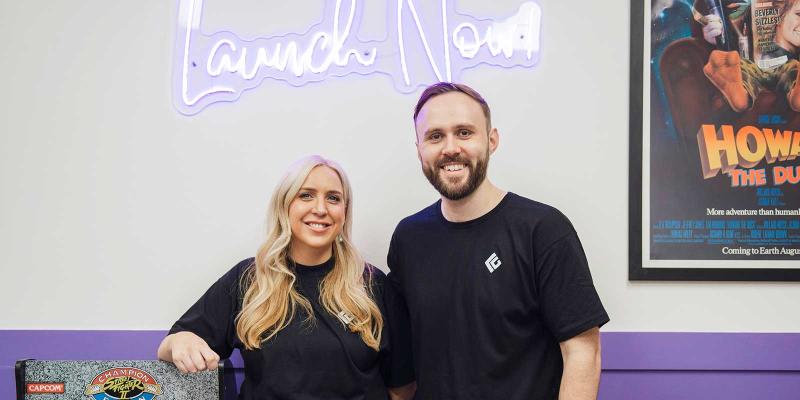When you consider the priorities for your website, what is at the top of your list? If you think it should be sales or conversions, step back and think again. What makes users reach the decision to buy or engage? The title of this blog probably gives it away, but yes, it’s a top-notch user experience. You should be focused on providing a user experience that wipes out the competition and brings your visitors back, time and time again.
Now, while you can control the impact of your content with minimal technical expertise, providing an outstanding user experience requires more of a techy approach. If talk of algorithms, core web vitals and webpage optimisation sends you into a state of panic, we have good news. Google Lighthouse can work on all of that for you.
What is Google Lighthouse?
Much like the imposing structures on wily coastlines, Google Lighthouse, also known simply as Lighthouse, casts an exploratory light where it’s needed: in website terms that means on the performance and correctness of your website.
A Lighthouse report is produced in less than a minute of presenting it with your webpage. The report includes suggestions on how to make improvements with links to helpful articles about how to implement those changes. Lighthouse isn’t only concerned with the speed of your page, but also how easy it is to access it, index it and how well-built it is for users.
Google Lighthouse is a free, easy to use tool that scores your website on five categories:
1. Performance
The metrics used for scoring performance look at aspects such how long it takes for an image or piece of text to fully load, how long it takes for the page to be fully interactive, and the number of layout shifts where elements suddenly move and cause an error interaction if the user clicks too soon. Yes, we’ve all had that experience. Frustrating isn’t it?
2. Accessibility
Google Lighthouse rates your page for how easy it is for users with disabilities to access it. Lighthouse looks for well-structured code, semantic HTML tags that clearly describe their meaning, the use of alternative text and an identified page language.
3. Best practices
The best practices audit is generally about security, checking aspects such as the use of https, safe links and up to date JavaScript libraries. It also checks that the HTML doctype is specified and if images are displayed with the appropriate resolution.
4. SEO
Lighthouse assesses whether your webpage adheres to SEO best practices and whether your page is crawlable (can be discovered and followed by search engine spiders).
5. Status as a progressive web application
Google considers a progressive web application to be one that can be easily used from any location on any device. There is no score for this, just a pass or fail based on your webpage’s performance, responsiveness and other user experience measures.
Categories 1-4 are graded on a scale of 0 to 100, with the average score being between 50 and 89.
Code Galaxy can help you set up and make the best use of Google Lighthouse
Code Galaxy is a software development and website design consultancy. For more information on using Google services or for other help with your website or software, contact us using our online form.







